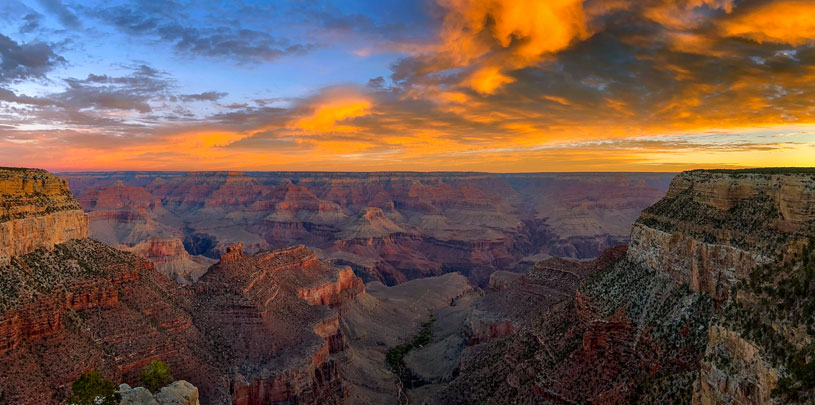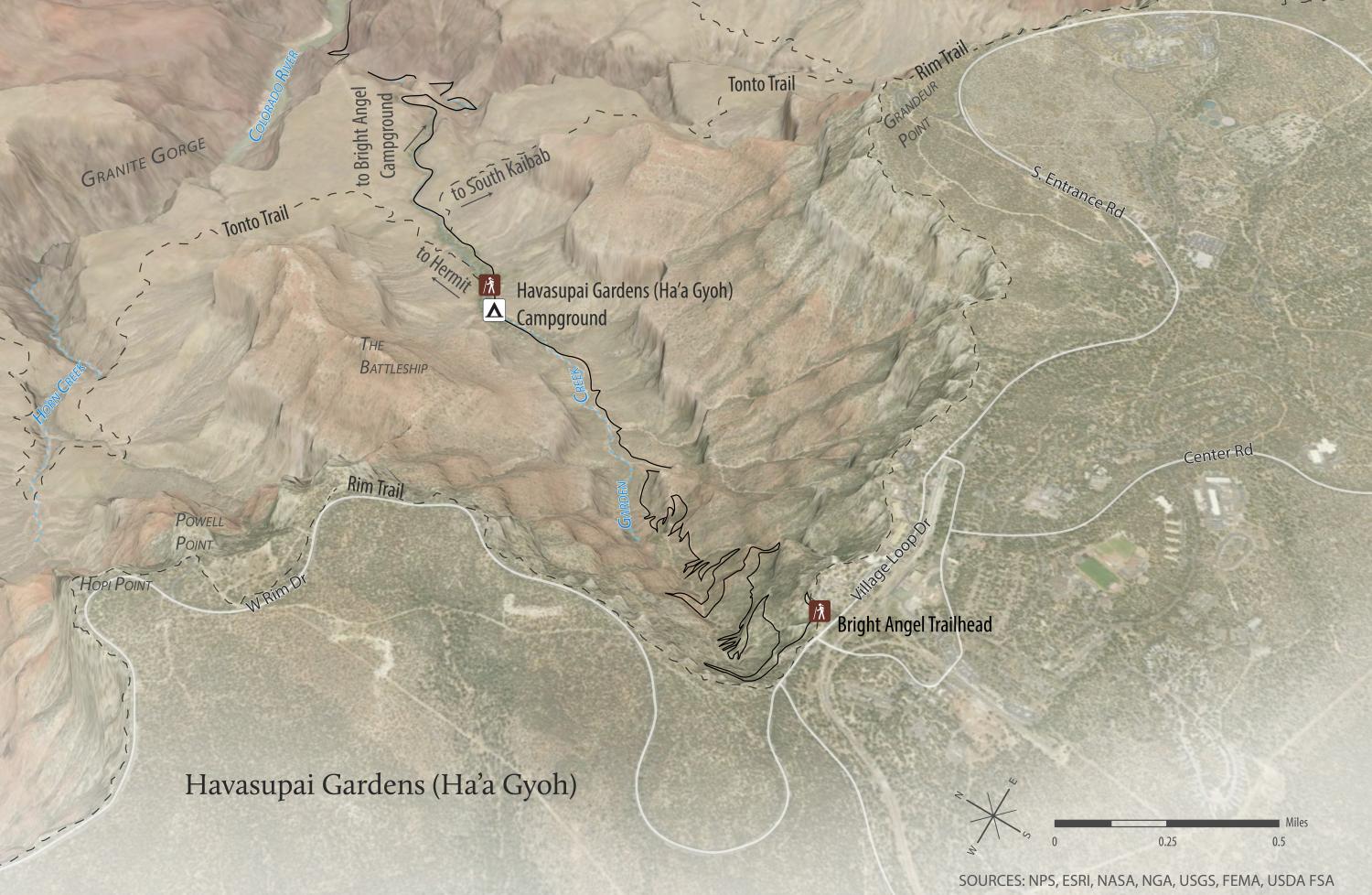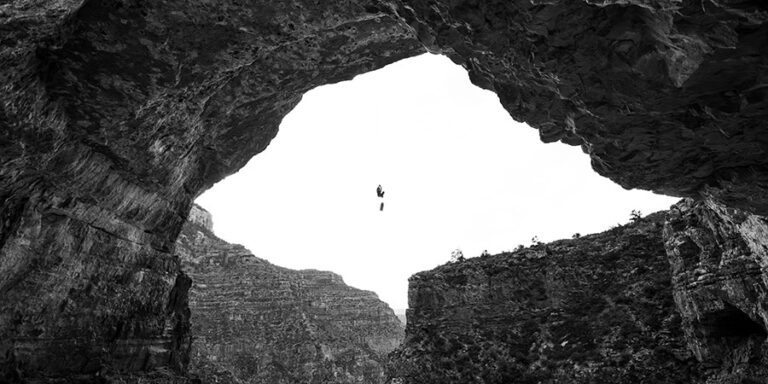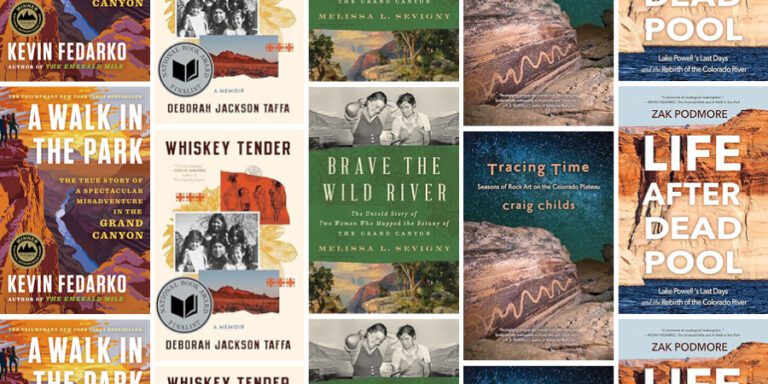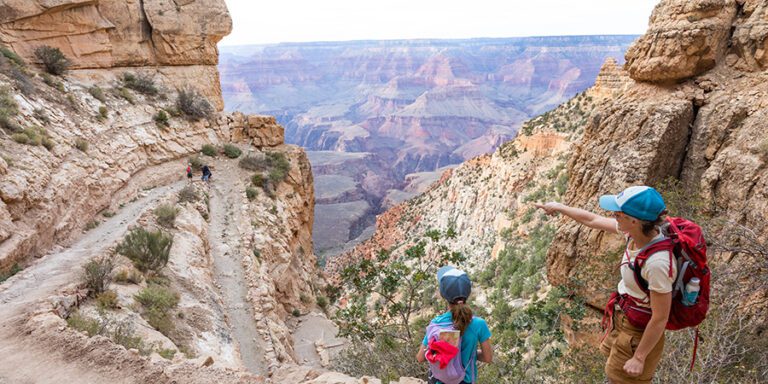
After years of advocacy by Havasupai grassroots and tribal leaders, Indian Garden has been officially renamed Havasupai Gardens.
After years of advocacy by Havasupai grassroots and tribal leaders, Indian Garden (originally called “Ha’a Gyoh” in the Havasupai language) in Grand Canyon National Park has been officially renamed “Havasupai Gardens.” This change marks a significant advancement in Native representation and education for Grand Canyon National Park.
Earlier this year, the Havasupai Tribal Council passed a resolution requesting this formal name change for Havasupai Gardens. The National Park Service consulted with other regional tribes and heard strong support for the Havasupai proposal. The park service then passed the name change recommendation along to the U.S. Board of Geographic Names. And the board voted unanimously to accept the change in November 2022.
Making Havasupai history visible to Grand Canyon visitors
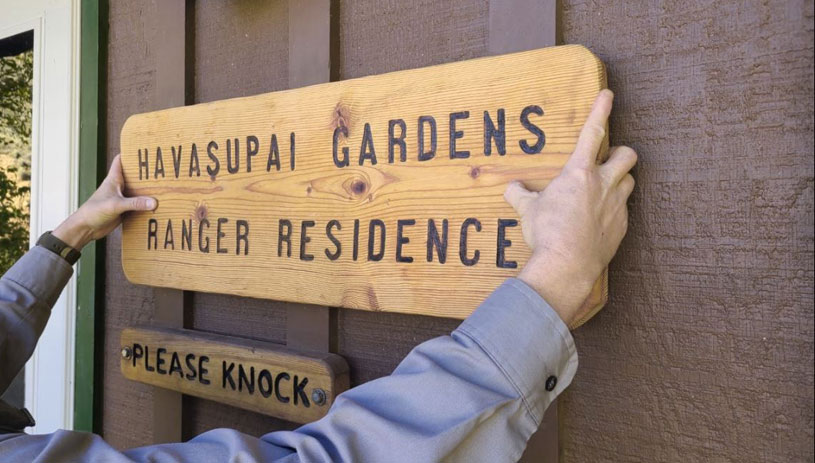
For over 100 years, the Havasupai connection to what will now be known as Havasupai Gardens was largely invisible to visitors. With the name change, the roughly 100,000 people each year who visit this verdant oasis along the Bright Angel Trail, 3,000 vertical feet below the south rim of the Grand Canyon, will have an opportunity to learn a more complete and honest history of Havasupai Gardens.
Havasupai people at the gardens
Havasupai people lived and farmed in the Grand Canyon long before Grand Canyon National Park was created. Known to the Supai people as Ha’a Gyoh, Havasupai Gardens was the final Havasupai holdout in the inner canyon. Up until its last resident, Captain Billy Burro, was forcibly removed by the park service in 1928.
“The eviction of Havasupai residents from Ha’a Gyoh coupled with the offensive name, Indian Garden, has had detrimental and lasting impacts on the Havasupai families that lived there and their descendants,” said Thomas Siyuja, Sr., chairman of the Havasupai Tribe. “The renaming of this sacred place to Havasupai Gardens will finally right that wrong.”
Havasupai advocate Ophelia Watahomigie-Corliss, a former Havasupai Tribal Council member, has written extensively about the need to rename this important place.
A testament to Havasupai survival
“This name change reinserts the Havasupai into your history, the history that has been taught to millions of children in the school system. History that left us out on purpose to sell the idea that the Grand Canyon was wild and needed to be tamed, that our territory was unoccupied and needed to be settled… that we would be fully assimilated,” according to Watahomigie-Corliss. “This is more than a name change,” Watahomigie-Corliss says. “This is for the Havasupai who died continuing to access our lands, our ancestors who held space to ensure their grandchildren’s survival, who traveled to Washington D.C. and won land back. This is for those who survived into adulthood while our parents were trying to survive themselves, those finding our way back home, the resilient families who never left and kept the traditions alive.”
READ MORE
- “Ha’a Gyoh (Havasupai Gardens): More Than a Name Change” by Ophelia Watahomigie-Corliss
- “Rename Indian Garden” by Ophelia Watahomigie-Corliss
For descendants of Captain Burro, the name change is especially meaningful.
“As a descendent of the Burro-Tilousi family I am glad to see that we will always remember and honor the true history of my family’s forced relocation due to the development of the Grand Canyon National Park,” said Carletta Tilousi, a member of the Havasupai Tribe and former Council member. “For that reason, honoring our ancestors and remembering our history is also very important to the Havasupai people. I hope this historic action will help other Tribes take similar steps and reclaim lands back by changing place names for historic and cultural preservation purposes.”
More changes needed at Grand Canyon National Park
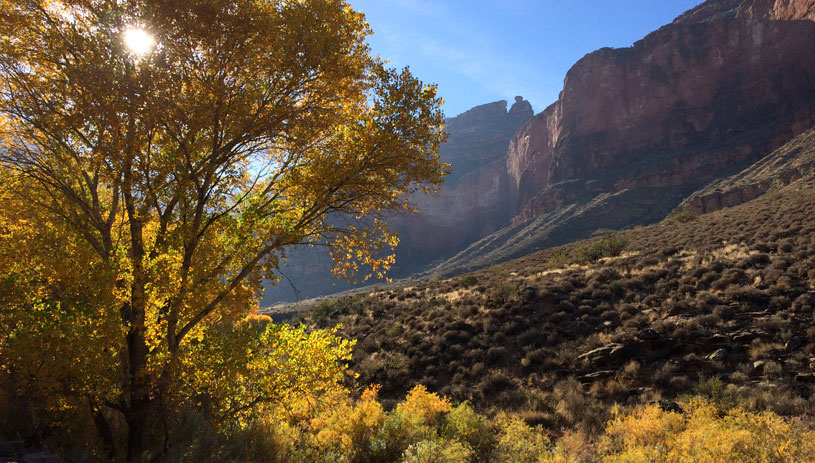
Name changes like this are a critical part of reshaping the next 100 years of Grand Canyon National Park.
When grassroots and cultural leaders from many of the 11 tribes affiliated with the Grand Canyon began organizing for the 2019 centennial anniversary of the park, they identified place-name changes as a priority. This body of changemakers, called the Intertribal Centennial Conversations Group, see the second century of the park as an opportunity to address past injustices and recognize the Indigenous peoples of the canyon who have stewarded its land and waters since time immemorial.
Native presence at the Grand Canyon is larger than a name change
Name changes, along with first-person histories and stories from Native people on park signs and in park presentations, tours, talks, online content, and videos, increased economic opportunities for Native artisans, and more Native employees in the park, are just a few of the changes the Intertribal Centennial Conversations Group seeks for the canyon its members call home.
For now, the National Park Service is working to update signage and produce other materials sharing the significance of this name change for Ha’a Gyoh and the Havasupai. A name rededication ceremony is expected in spring 2023.
Native peoples have lived in and maintained strong cultural connections to the Grand Canyon since long before the National Park Service was created. This name change is a small but important signal of recognition for that history. Many more changes are needed. With advocacy led by Native peoples of the canyon, one thing is certain: more changes are coming.

